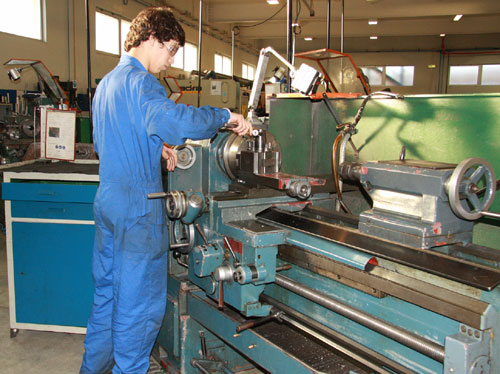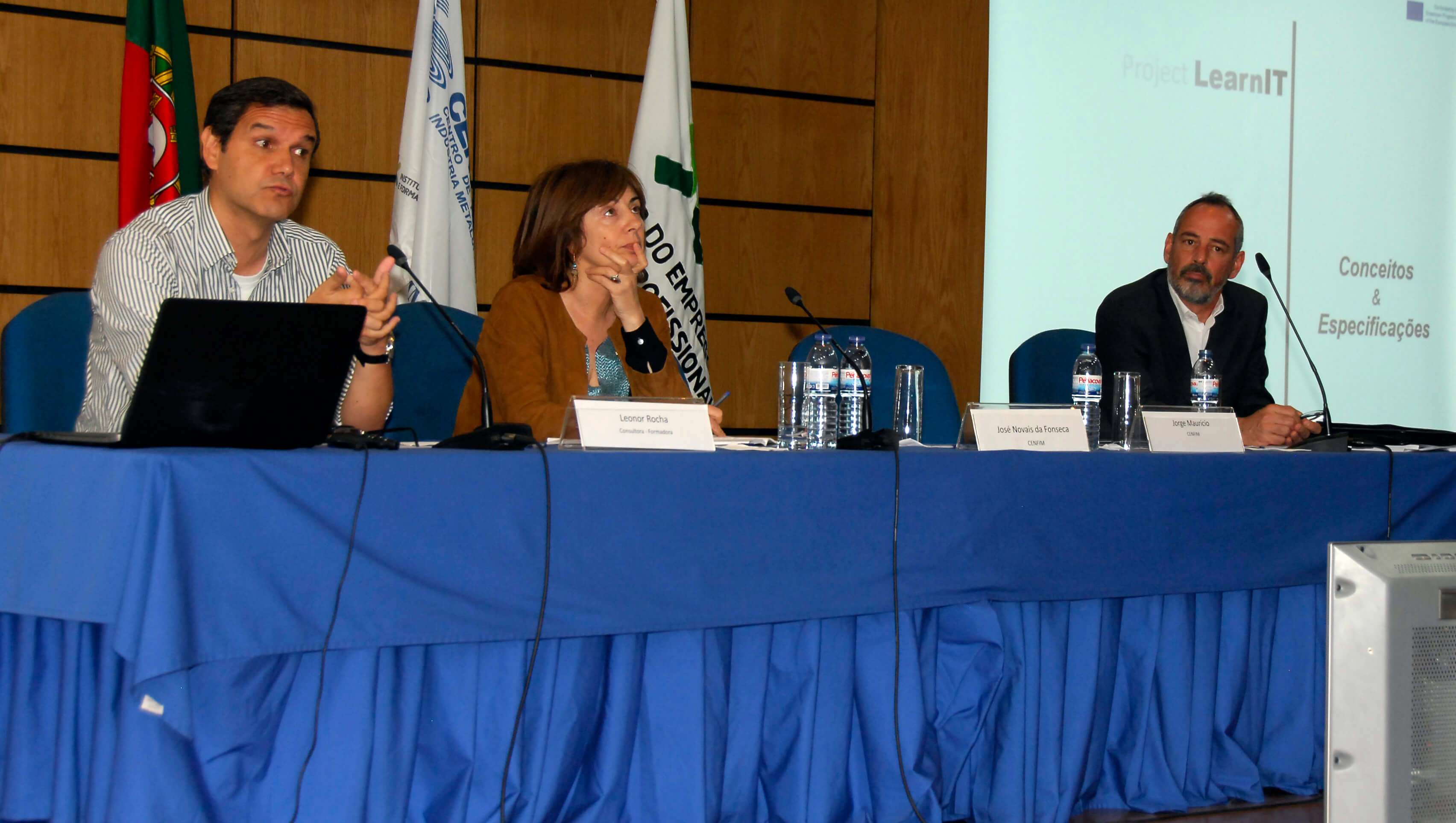The Vocational training centre of the metal industry – CENFIM coordinated and concluded in 2017 a European project, launched two years ago.
 The LearnIT project (Learning tools and routes for individual training) was co-financed by Erasmus+ and established as a partership between Portugal, Finland, Germany and Spain.
The LearnIT project (Learning tools and routes for individual training) was co-financed by Erasmus+ and established as a partership between Portugal, Finland, Germany and Spain.
This innovative education project was designed according to a new educational training paradigm which begins by attending in an increasingly customised way to the individuals and enterprises expectations. This model prioritise learners’ availability and learning goals, without forgetting the obvious pedagogical, logistical and financial constraints that arise when outlining a model based on the individual training.
To achieve an appropriate solution, even in a traditional training environment, the partnership selected for this project a complex workshop training context composed with practical activities; where the levels of learning are more diversified and simultaneously training is occurring, making it more demanding and also a more profitable exercise. The Computer Numeric Control – CNC, in the metallurgy sector is unquestionably the training area where the modularisation and the consequent individualisation of learning have greater expression, considering the mentioned premises.
This project intends to rebuild the training environment with innovative layouts, readapting the didactic resources and creating steering devices along the learning pathways. Consequently, trainees can enjoy a more autonomous learning to develop tools for recording and monitoring (individual) progress in their different training stages. The trainers can prepare new approaches required for this multi-learning environment, which entails different and demanding approaches away from the traditional pedagogic method.
The new learning paradigm redesigns all the main factors of vocational training in an innovative way through:
- Conventional and non-conventional didactic and evaluation resources, and tools for supporting a more autonomous learning;
- E-learning platform, contents and other open education resources to develop/adapt to classroom learning, features already presents in distance learning, and other types of tools in a context of multiple learning paths;
- Specific ICT tools for the learners’ management and teaching places in a multiple and complex contexts of training workshops;
- Guidebook for teachers and trainers – new pedagogical attitudes/behaviours and qualification in complex training environments. The tutor should perform multiple tasks
, including being an instructor, facilitator, e-trainer, trainer, leaving aside a less focused role in the training process; - Redesign workshop layouts – recommendations for the reconstruction of a new layout model, including the disposal and organisation of their physical and technological items. This model should incorporate concepts such as “learning islands”, “kiosks”, etc. – as hubs of didactic resources needed for certain stages of learning – integrating them through maps and signs to facilitate the trainees’ steering.
Other sources:


